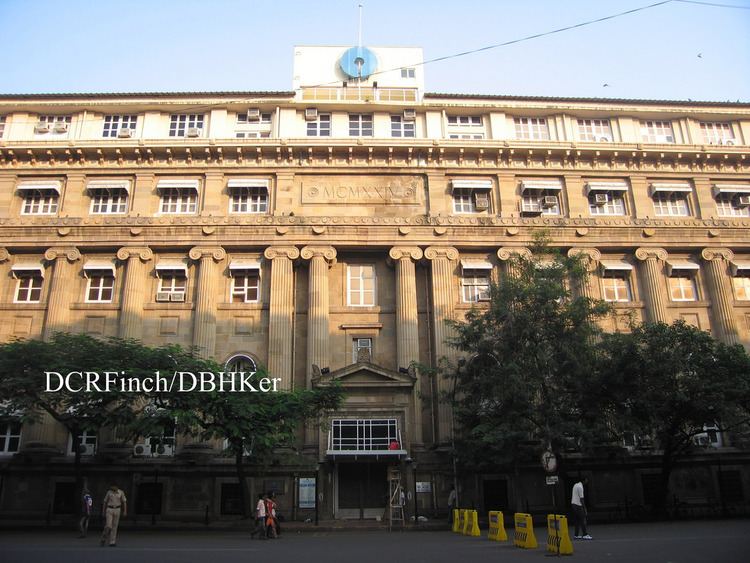Defunct 30 April 1955 Founded 27 January 1921 | Area served India Ceased operations April 30, 1955 | |
 | ||
Industry Banking, Financial Services Predecessors | ||
The Imperial Bank of India (IBI) was the oldest and the largest commercial bank of the Indian subcontinent, and was subsequently transformed into State Bank of India in 1955.
Contents
Origin
The Imperial Bank of India came into existence on 27 January 1921 by J.M. Keynes. When the three Presidency Banks of colonial India, were reorganised and amalgamated to form a single banking entity. The three Presidency banks were the Bank of Bengal, established on 2 June 1806, the Bank of Bombay (incorporated on 15 April 1840) and the Bank of Madras (incorporated on 1843)
Activities
Imperial Bank of India performed all the normal functions which a commercial bank was expected to perform. In the absence of any central banking institution in India until 1935, the Imperial Bank of India also performed a number of functions which are normally carried out by a central bank.
Milestones
Epilogue
The Reserve Bank of India, which is the Central bank of India, in the year 1955, acquired a controlling interest in the Imperial Bank of India, and the Imperial Bank of India was renamed on 30 April 1955 to the State Bank of India. This transformation from the Imperial Bank of India to the State Bank of India was given legal recognition in terms off an Act of the Parliament of India, which came into force from 1 July 1955. The day on which the Imperial Bank of India (IBI) became the State Bank of India, IBI had 480 branches, sub-offices, and three local head offices; and had under its control and command slightly more than a quarter of the resources of the Indian banking industry. The branch network of State Bank of India has since grown to 9093 branches as on 31 March 2004. In 2007 Reserve Bank of India transferred its stake in State Bank of India to Government of India.
